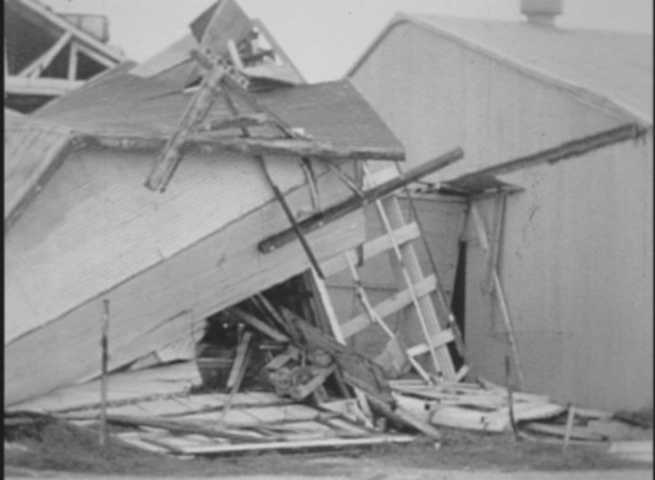
I had become more aware of the subtle differences in elevation around Houston, which looks pretty flat to the naked eye. It was swept away by two hurricanes in the late 1800s.ġ979 Tropical Storm Claudette: While winds and storm surge did not threaten the Houston area this time, all the growing suburbs near Galveston Bay were soaked in torrential rains. history, and I had visited the site of Indianola, once the second busiest Texas port. I had read about the 1900 Galveston storm, still the most deadly natural disaster in U.S. By this time, however, I was more aware of the destructive force of hurricanes, and I worried about her. This precaution later seemed a bit silly given the true virulence of these storms, able to toss giant live oaks around like puppy chew toys.ġ967 Hurricane Beulah: This one - as well as Hurricane Celia in 1970 - hit South Texas, where my paternal grandmother still lived.
HURRICANE CARLA HOUSTON TEXAS WINDOWS
We taped up the windows to prevent shattering. He made sure I was still up when the eye of this storm passed over our home in Bellaire, a close-in Houston suburb. (2022 marks the 60th year that we've made annual pilgrimages to this blue-collar coastal village.)ġ962 Hurricane Cindy: My father, who grew up in Corpus Christi, romanticized hurricanes. Rental houses were still scattered like Tinkertoys. This book first made me reflect on my personal history with Texas hurricanes.ġ961 Hurricane Carla: I was safe in northwestern Louisiana when this monster storm hit the Texas coast, but I was in awe of its destructive power when my family visited Surfside Beach, southeast of Houston, the following year. Living on the brink of the Gulf of Mexico
HURRICANE CARLA HOUSTON TEXAS FULL
I won't be able to share the full range of their thoughts in one Think, Texas column, so expect more about this book in the future. While growing up in Houston, floods were an inescapable part of life, but city boosters often looked the other way, as they had since the Allen brothers founded the intended capital of the Republic of Texas on swampland prairie.Īt the same time, this volume of stories by historians, housing activists, urban planners, climate scientists, marine biologists, poets, artists and longtime residents demonstrate resilience, creativity and even hope. The clarity and urgency are somewhat new.

The anthology, "More City Than Water," coedited by Johnson and Cheryl Beckett, faces this unsustainable situation, exacerbated by climate change, head on. The Houston City Council recently approved even more new developments located in flood zones.

Nevertheless, between 100,000 and 150,000 newcomers move to the area every year. Almost every part of the metro area, home to more than 7 million people, was affected by these cataclysms. The timing is right: Five "500-year" floods have hit Houston during the past few years. "More City Than Water" - the book's title was inspired by a moving handmade sign spotted after the storm that read "More Love Than Water" - is a component of the ongoing Houston Flood Museum project, mostly digital at this point. Johnson collected flood stories after Hurricane Harvey deluged Houston with a record 61 inches of rain in 2017. They were our playgrounds.Īcclaimed writer Lacy M. Even a steady shower filled our streets in the Rice University area with rainwater. Storms wash over memories of childhood in Houston. THE WOODLANDS - It rained hard on this green Houston suburb the day I read "More City Than Water: A Houston Flood Atlas" while visiting family.


 0 kommentar(er)
0 kommentar(er)
